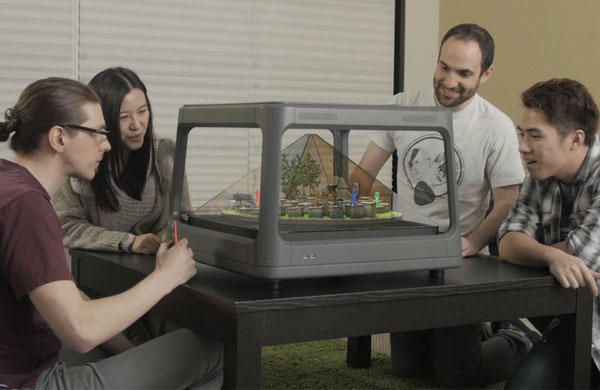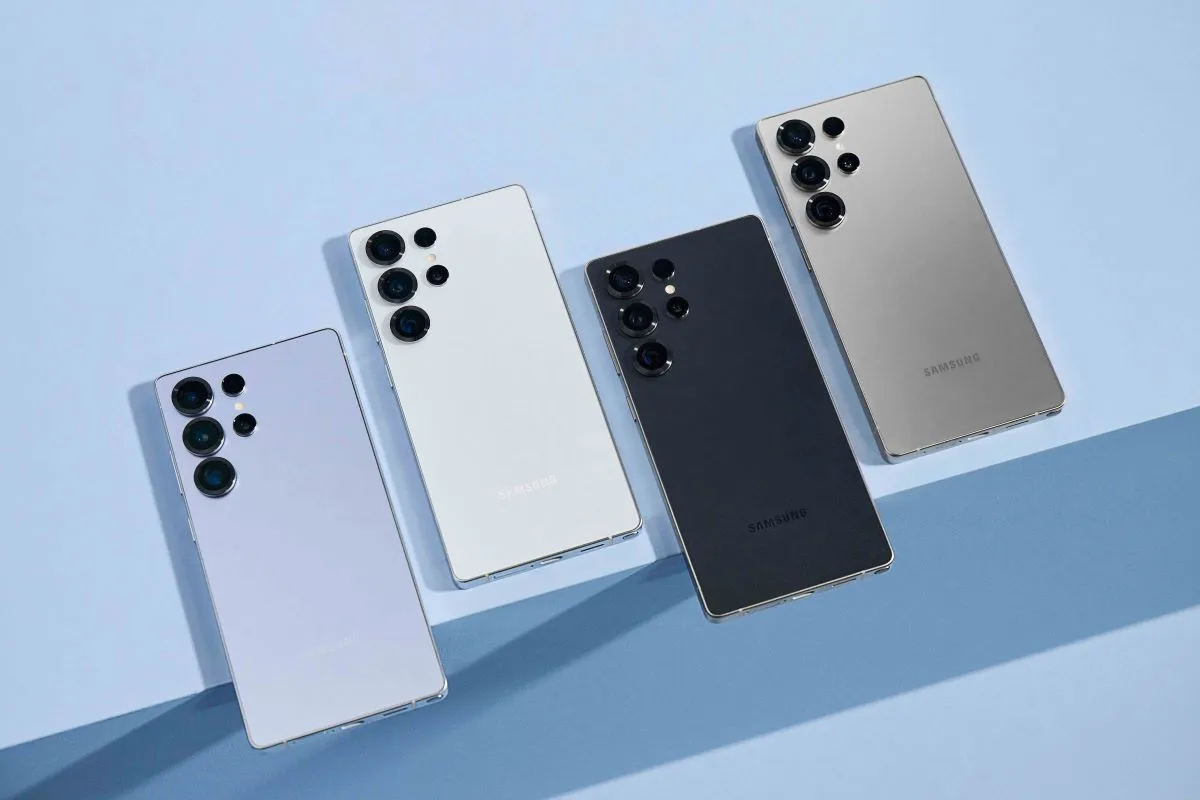Holus is a fascinating new device developed by Canadian startup H+ Technology. The device consists of a box that can be settled over a dining table quite conveniently. The box has open sides all around, so the user can see inside the box from all four sides. Holus has been developed to produce 3-D holographic images using digital technology. Although the device has not yet been launched, people have been creating such illusions for many years. The Pepper’s Ghost illusion is the name of the principle which uses reflection principles to make a hidden object visible to people in a separate room. The same principle has been used in the design of the Holus.
While the Pepper’s Ghost illusion is used to recreate an illusion in the form of a two-dimensional image, Holus does this in 3D format, which makes it all the more interesting and realistic. This is achieved by imposing reflected images of an object on the four sides of a prism situated inside the Holus. And no, the prism is as real as the box and is not an illusion. The transparent sides of the prism reflect the images and the intersection of the different images creates a 3D illusion.
This is not the first time that such technology has been put into commercial use. Holho Pyramid was a similar hologram based technology that was developed by an American company named Imagination Farm. The technology received a lot of hype back in 2013 at the time of its launch. However, the public did not show a lot of interest in funding the technology for commercial marketing. This time round, the people at H+ hope that the technology will be received more positively especially because it has not used smartphone technology but has opted for designing the desktop box instead.
The Holus is unique because it overcomes the alienating effect of technology and recreates an experience similar to sitting down by a campfire and participating in a shared event. The technology operates by taking digital content that has been fed into the device from a computer and converting it into a 3D hologram. The image can be manipulated and maneuvered by the user by means of various input devices including a gamepad or the gesture recognizing Microsoft Kinect software. Brain sensor headsets can also be used to control the image observed on the prism of the Holus box.
There are many potential applications of the Holus if the technology is able to receive developmental funding and can get its feet off the ground. The educational uses of the technology are obvious since it can be used to provide richer interactions between the student and the learning material. Then there are business applications as well since people separated by large distances can give 3D holographic presentations to colleagues or clients in different cities. There is a lot of potential to develop gaming software that can be used to create 3D holographic games with the Holus along with accompanying devices.





